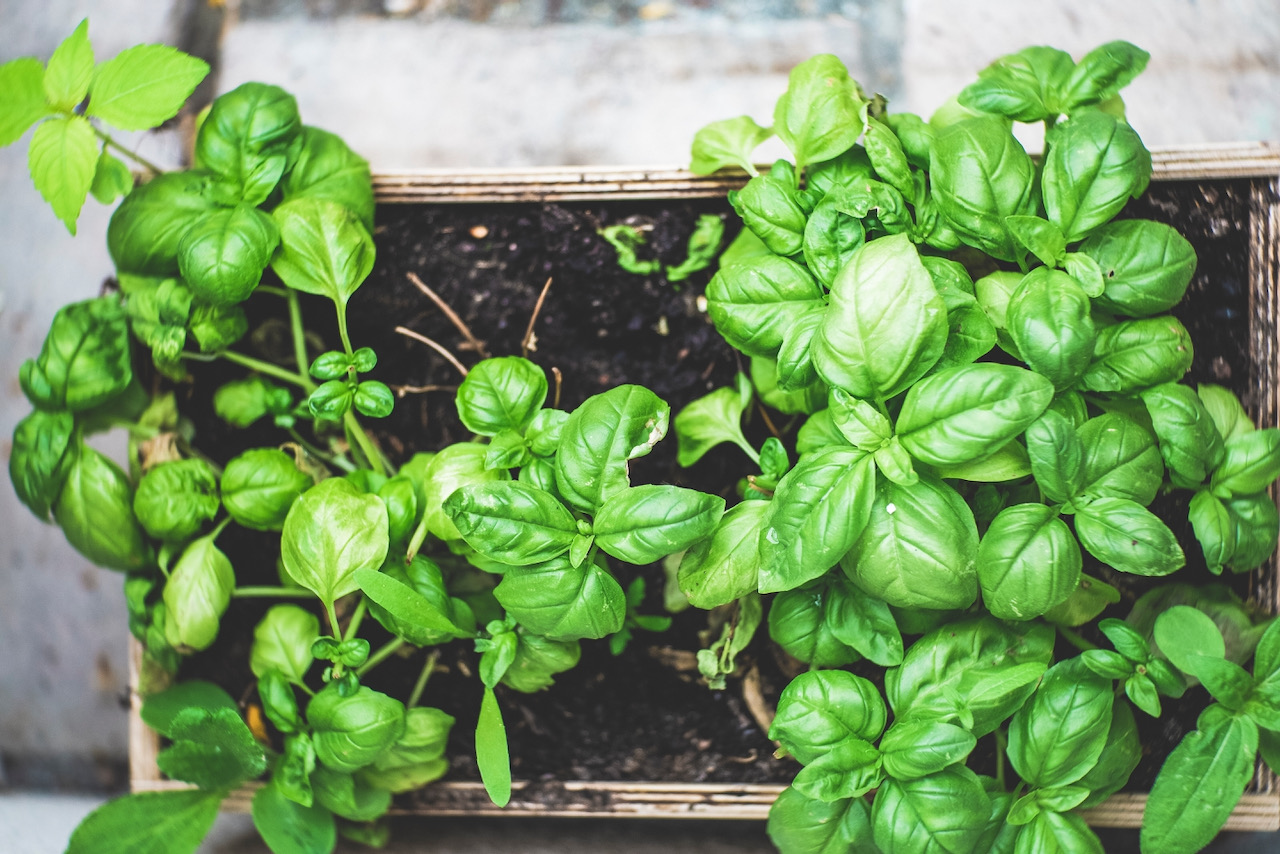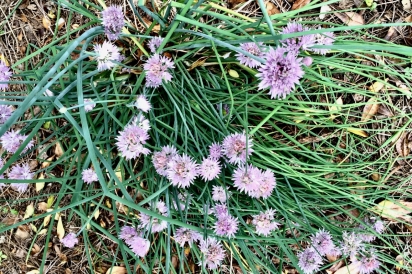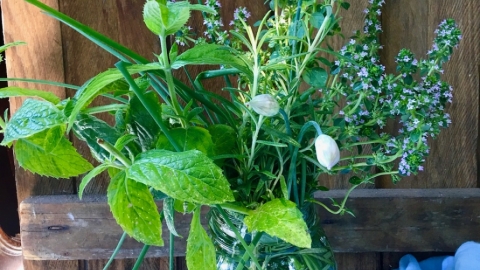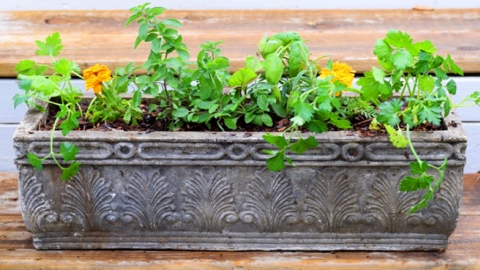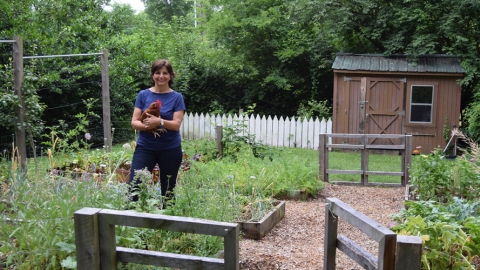Bates Nursery & Garden Center presents: Tips for starting a kitchen herb garden
Starting an herb garden is one of the easiest and most satisfying ways to learn how to tend plants. Most herbs just need a little water and lots of sunlight to be perfectly happy. Even if you don’t use them for food or cocktails, the blooms will attract beneficial insects to your yard like bees and butterflies.
Site selection is the most important step getting started. Consider available sunlight and nearby water sources, and how you want to approach your garden. For example, locating herbs closest to your kitchen saves time and energy. Take the time to plan the space. For small spaces, maybe it’s a shelf on your deck or balcony, or perhaps a window planter. People with larger yards might look at a sunny patio space or a landing near the back door. It can be as simple or fancy as you desire!
The next step is selecting a container that is big enough for your plants. Some herbs like to grow large, so take that into consideration by reading the tag on the herb’s pot to best determine spacing. If you’re indecisive, go with multiple containers for an eclectic look. Regardless of choice, make sure there’s a drain hole. The soil needs to drain water in order to keep the plants happy, raised beds included, so don’t line anything with black plastic! Once your containers are sorted, add your potting soil. Most herbs like rosemary, sage, oregano and thyme prefer soil that drains well. We recommend EarthMix® Landscape™ grow mix for your herb containers. It’s a compost-rich, fast-draining medium for growing anything in.
Finally, select the herbs you use most often in your dishes and plant them. If you’re a fan of roasts and grilling, rosemary and thyme are stellar candidates. For cocktails and teas, mint and lavender are all-stars. Pasta fan? Basil and oregano all the way! Tacos? Parsley, marjoram, and cilantro. Asian? Thai basil and lemongrass. Mix and match your menu that fits your lifestyle.
After you’ve found your plants, set them out with enough space between each one. Typically it’s about half the width of the plant listed on the tag. Remove the plant from its pot and gently loosen the roots at the bottom. Scoop out a hole with your hand or spade and press the plant in firmly, but gently. Water around each plant deeply, letting it soak in and drain a few times. Viola! Your herb garden is underway. From there on, water only when the soil is dry for the best success, and on rainy days let Mother Nature do the work!
Now you’re informed, but are you still unsure where to get started? Plan a visit to our garden center, where our friendly staff will help you determine what you need. In fact, Bates Nursery offers all the elements mentioned in this guide to get you on your way to a more flavorful life.
Bates Nursery & Garden Center
3810 Whites Creek Pike
Nashville, TN 37207
615-876-1014


